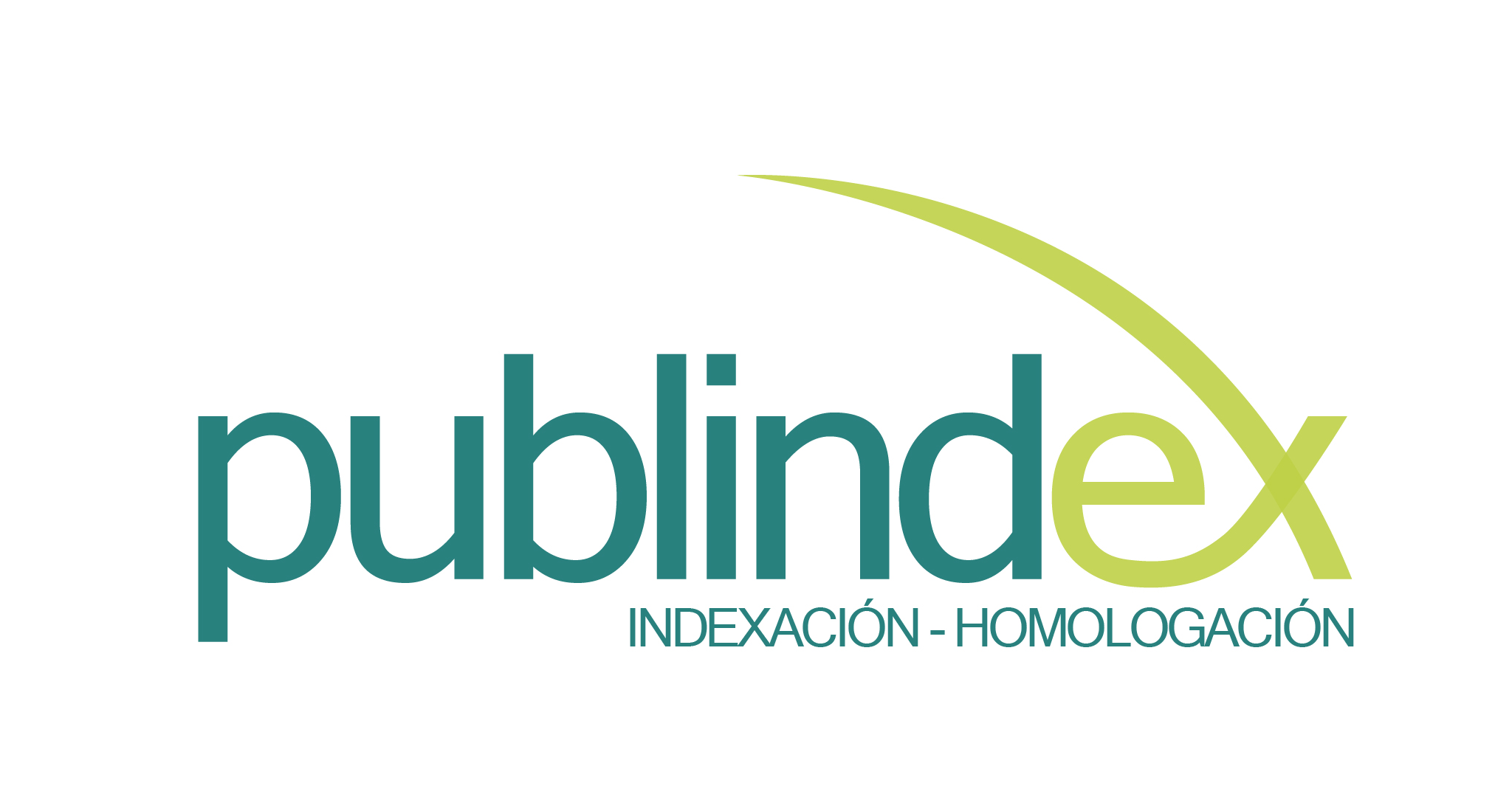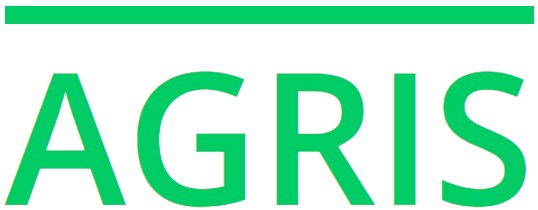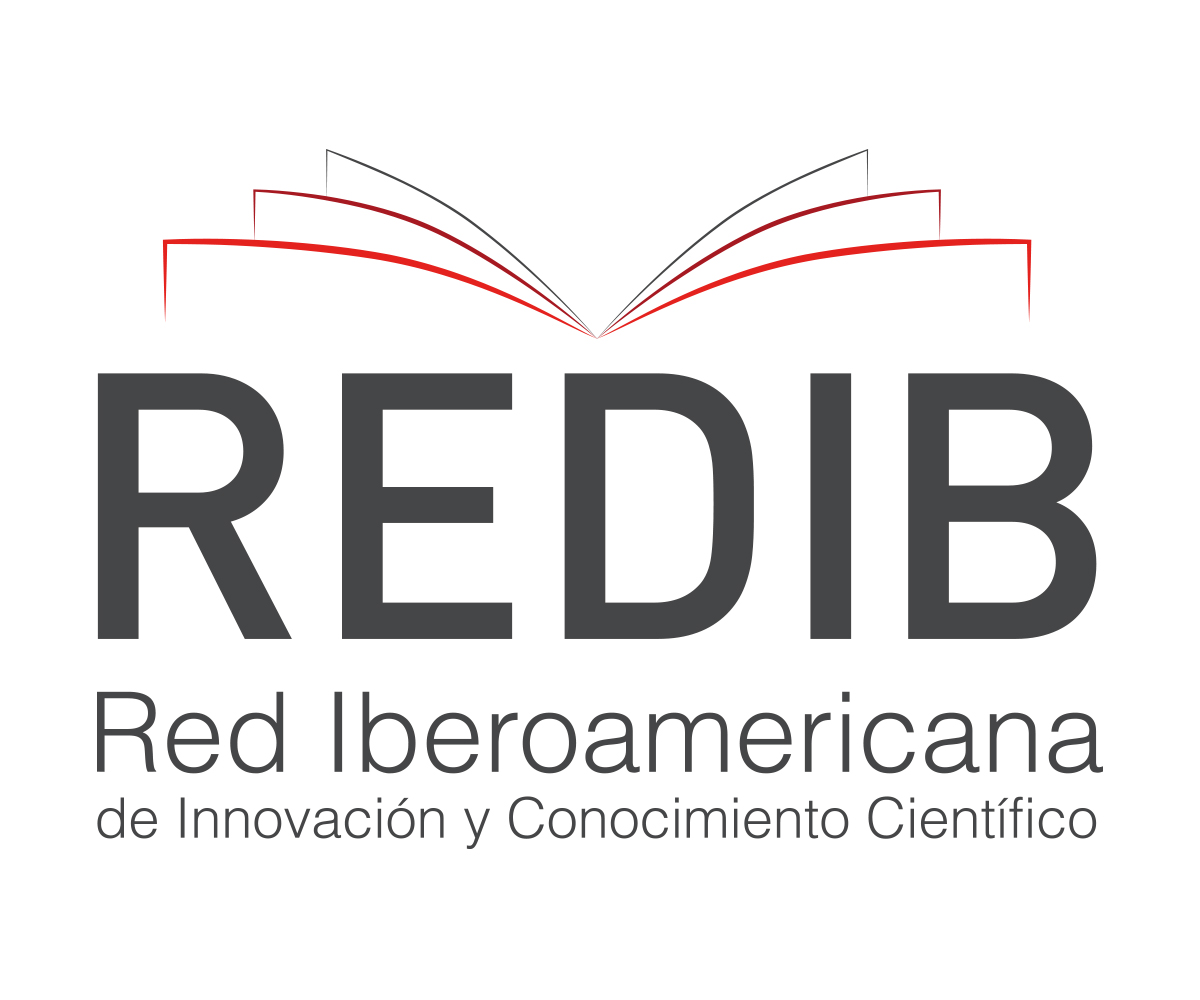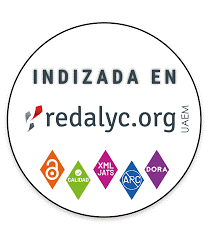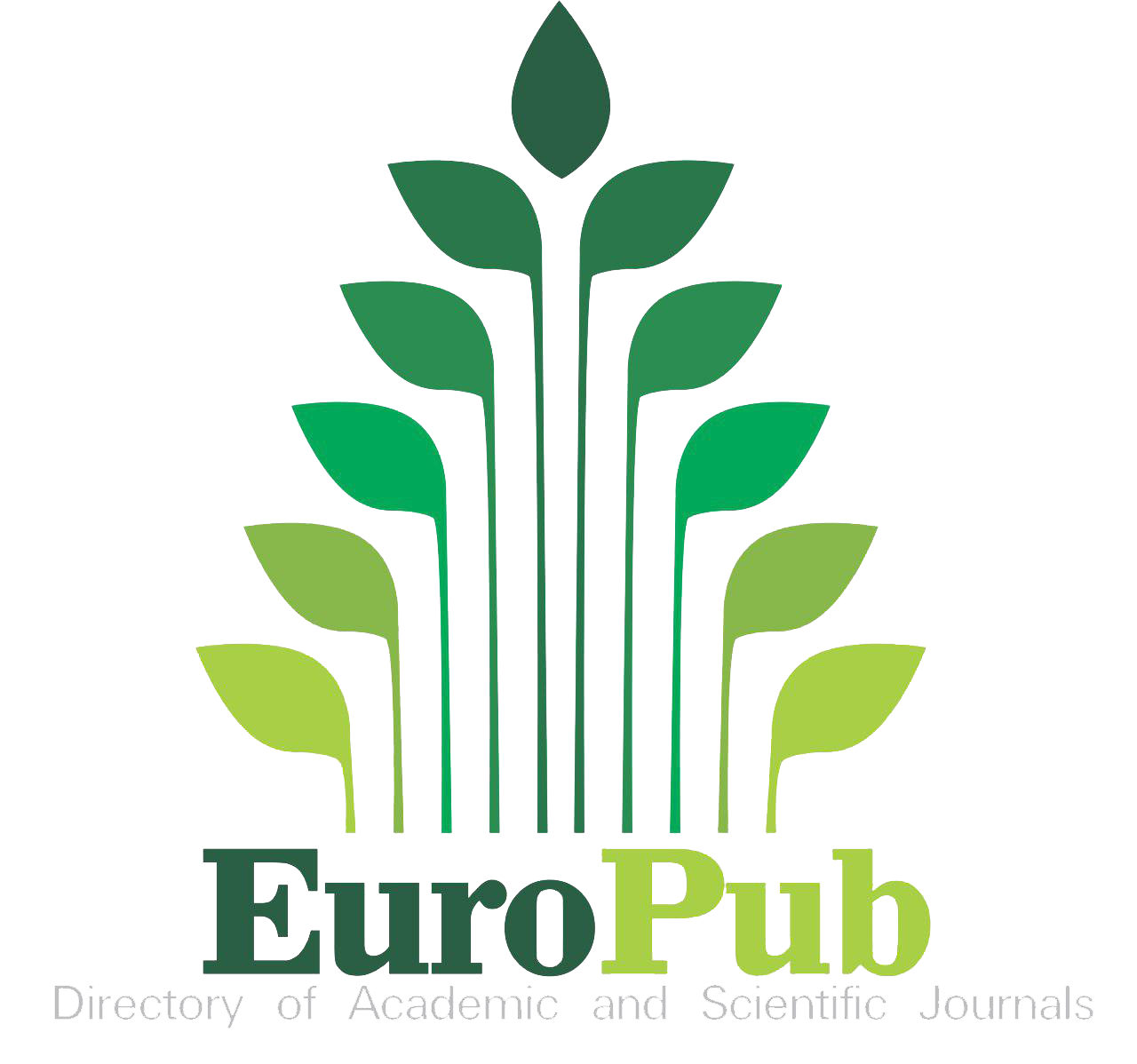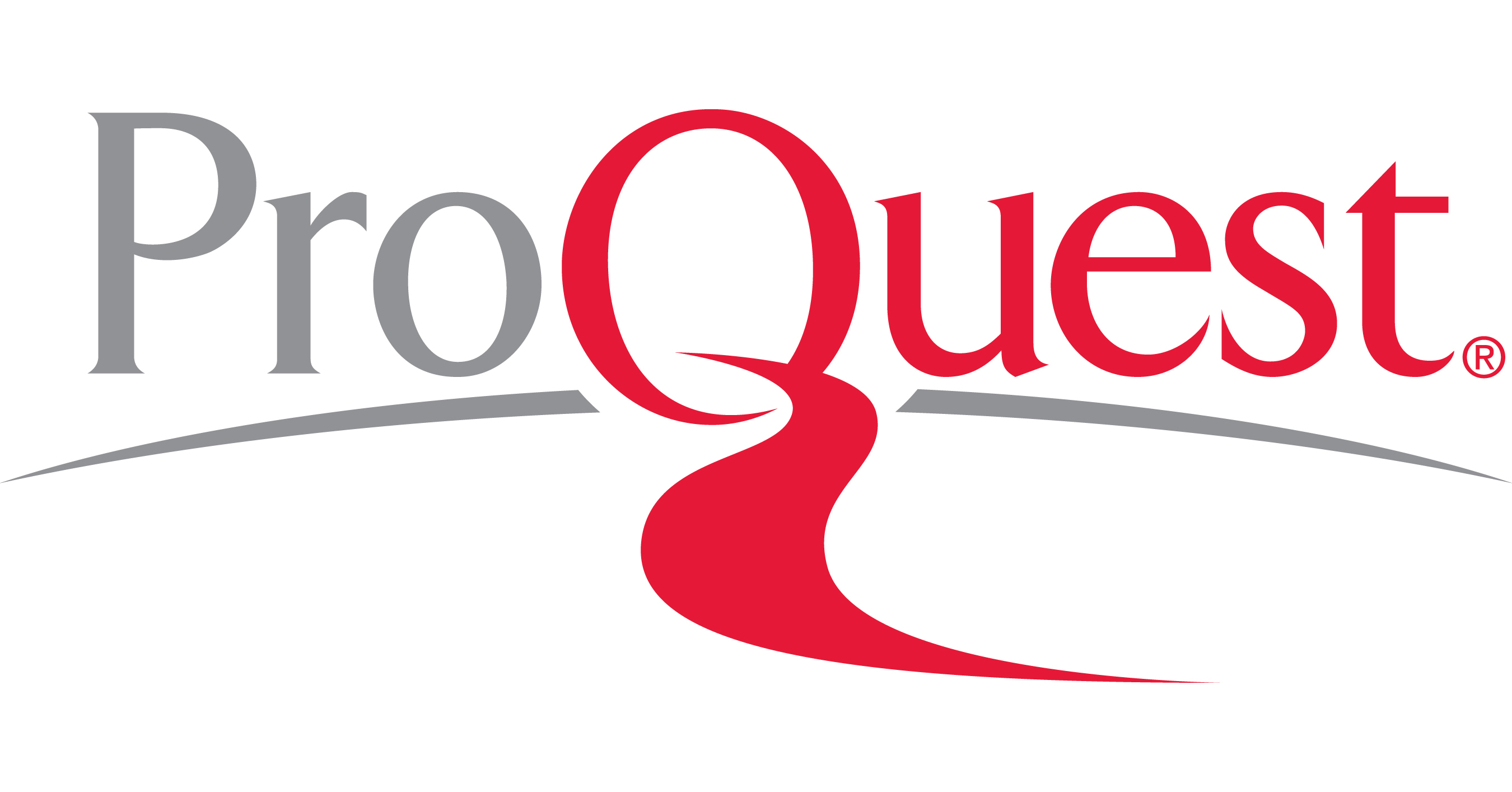Submissions
Submission Preparation Checklist
As part of the submission process, authors are required to check off their submission's compliance with all of the following items, and submissions may be returned to authors that do not adhere to these guidelines.- Is the paper unpublished, that is to say, it has never been sent in for evaluation or publishing to another peer-reviewed journal, be it in English or any other language?
- Does the paper meet the requirements of the author’s rights legislation?
- Does the paper fall into the general scope of subjects covered by the journal?
- Is the paper written in good quality English?
- Is the paper made with academic or scientific accuracy?
- Is the paper written in Microsoft Word 2007 format or any later version?
- Is the paper written in a letter-sized page, with the top margins being 3 cm, 2 cm for bottom margins, and 2.5 cm for side margins (both left and right), and written in 12 pt Times New Roman font with single-spacing?
-
Is the paper within the following word limits for each paper type?
- Editorial: 1500 words maximum.
- Letter to the editor: 1500 words maximum. These types of articles aren’t reviewed or indexed.
- Research articles: 5200 words maximum, not counting pictures, tables, references, or appendices. 10 bibliographic references minimum, 30 maximum. This type of article is reviewed and indexed.
- Review articles: 6000 words maximum, not counting pictures, tables, references or appendices. Characterized by a careful bibliographic revision of at least 50 references. This number of references is standard and prone to the discussion; in case there are less than 50, it is suggested that the author thoroughly justifies the definition for the corpus on which they have based their study. This type of article is reviewed and indexed
-
Does the paper have the following structure?
- Title in English and Spanish.
- Author(s) with full name and last names, institution, city, country, email address, unique ORCID ID.
- Abstract, keywords, summary, key words (6 maximum).
- Conflict of interest note, or acknowledgments (optional).
- Text: following the general scheme of IMRyD papers is recommended:
-An introduction that exposes the paper’s bases, explains its objectives clearly, and describes the sources.
- Materials and methods.
- Results and discussion.
- Conclusions.
- References. - Were all figures (graphs, maps, pictures, illustrations) submitted in a separate file in JPG (or JPEG) format, with a 600 x 600 resolution (300 dpi minimum)?
- Are all charts in the paper in an editable format?
- Was the Publishing Authorization format handed in?
-
Was the Personal Information format handed in?
- Was the Suggested Peer Reviewers format handed in?
Section Policies
Letters to the editor
They are written by the readers and present critical, analytical, or interpretative positions on the articles or the general content of the Journal. In the opinion of the Editorial board, this written constitutes an important contribution to a constructive discussion by the academic and scientific community. The maximum length should be 2000 words. This type of article is not arbitrated and indexed.
Research articles
It presents in detail the authentic results of completed research projects. The structure generally used contains four main parts: Introduction, methodology (materials and methods), results and discussion, and conclusions. The maximum extension must be 5200 words, excluding figures, tables, references. The number of bibliographic references suggested is 10, a maximum of 30. This type of article is peer-reviewed and indexed.
Review articles
It presents the results of the concluded research or studies. It also analyzes, systematizes, and integrates the findings of a science field to account for progress and development trends. It is characterized by presenting a careful literature review of at least 50 references, this number of references is conventional and could be different; in case they are less, the author is suggested to rigorously justify the definition of the corpus on which he has conducted their written. The maximum length should be 6000 words, excluding figures, tables, references, and appendices. This type of article is arbitrated and indexed. The editorial committee will invite academics, leaders in areas of knowledge, to submit such documents.
Short articles
It presents original, preliminary, or partial results of scientific or technological research, which usually require a quick diffusion. Like the research articles, it must be structured with introduction, methodology (materials and methods), results and discussion, and conclusions.
Copyright Notice
The journal allows the author(s) to maintain the exploitation rights (copyright) of their articles without restrictions. The author(s) accept the distribution of their articles on the web and in paper support (25 copies per issue) under open access at local, regional, and international levels. The full paper will be included and disseminated through the Portal of Journals and Institutional Repository of the Universidad Nacional de Colombia, and in all the specialized databases that the journal considers pertinent for its indexation, to provide visibility and positioning to the article. All articles must comply with Colombian and international legislation, related to copyright.
Author Commitments
The author(s) undertake to assign the rights of printing and reprinting of the material published to the journal Revista Facultad Nacional de Agronomía Medellín. Any quotation of the articles published in the journal should be made given the respective credits to the journal and its content. In case content duplication of the journal or its partial or total publication in another language, there must be written permission of the Director.
Content Responsibility
The Faculty of Agricultural Sciences and the journal are not necessarily responsible or in solidarity with the concepts issued in the published articles, whose responsibility will be entirely the author or the authors.
Personal Data Processing Policy
The personal information (full names and emails) gathered and administered by the journal is used exclusively for academic purposes. Said data will not be used for any other purpose. The journal abides by the Colombian statutory law 1266 de 2008 and the Colombian statutory law 1581 de 2012 on the protection of personal information.





